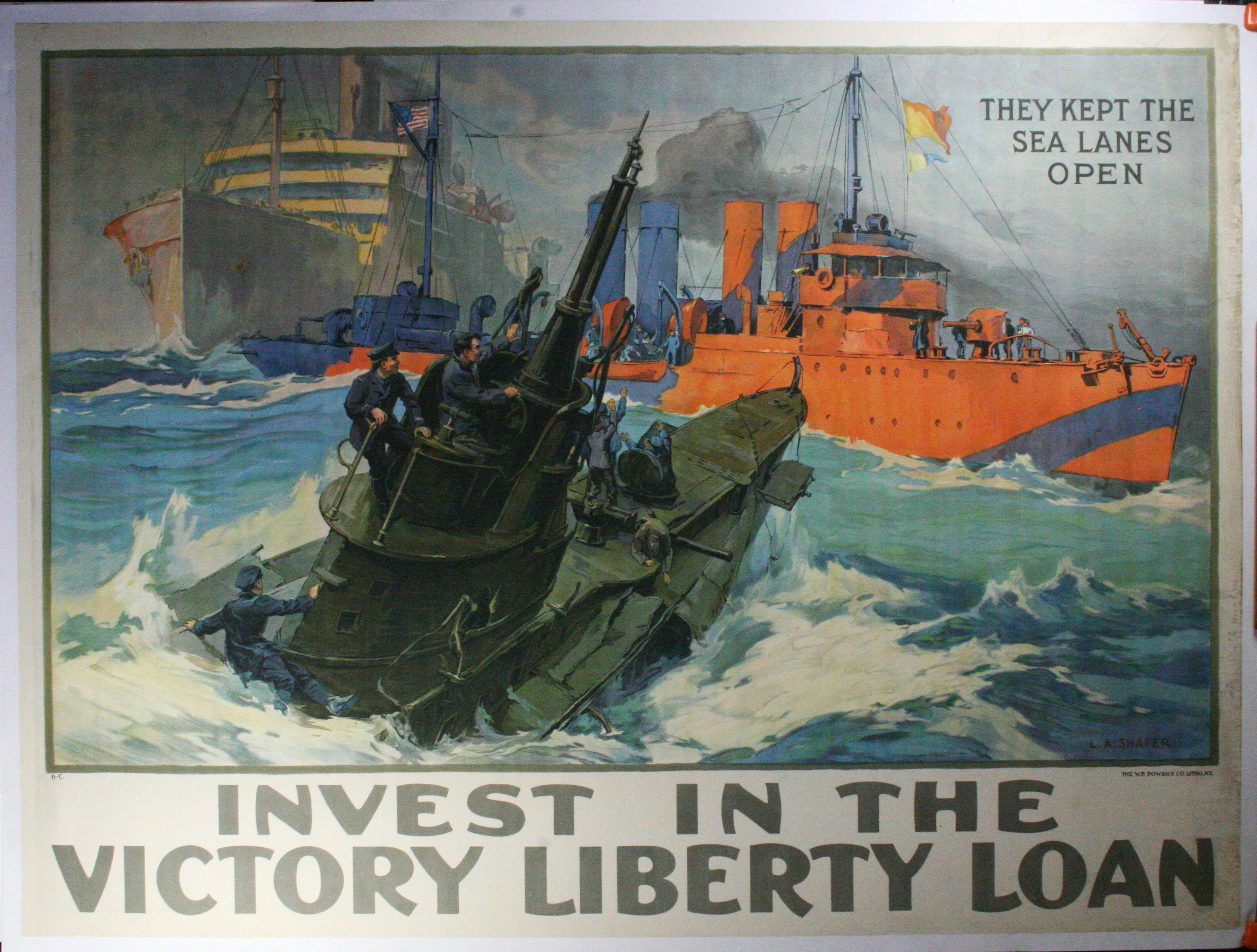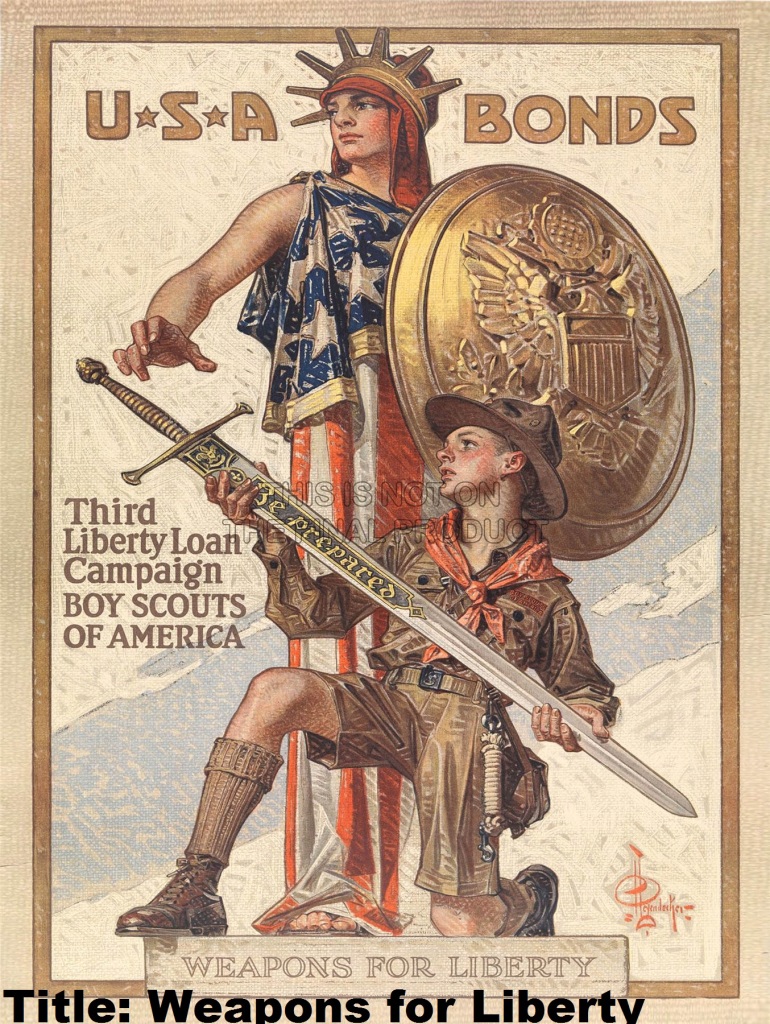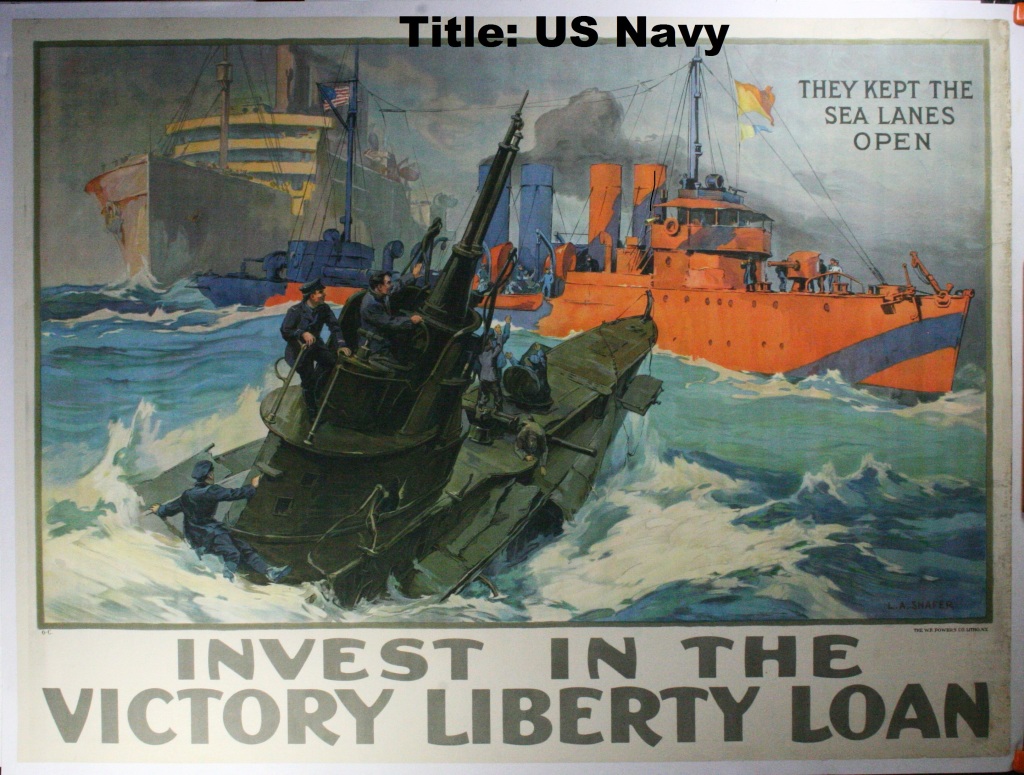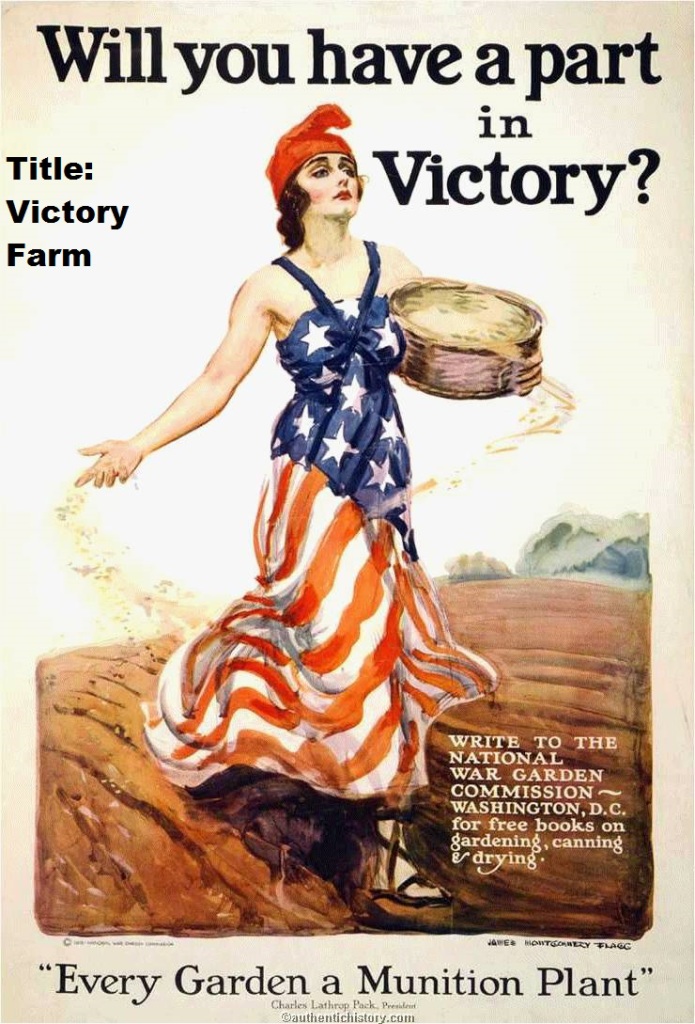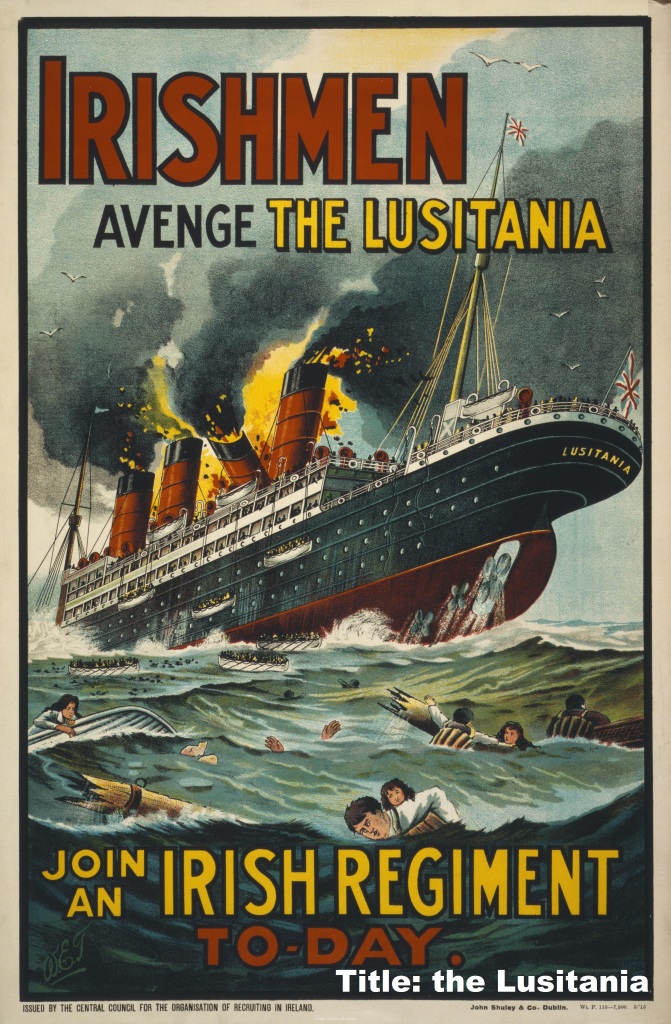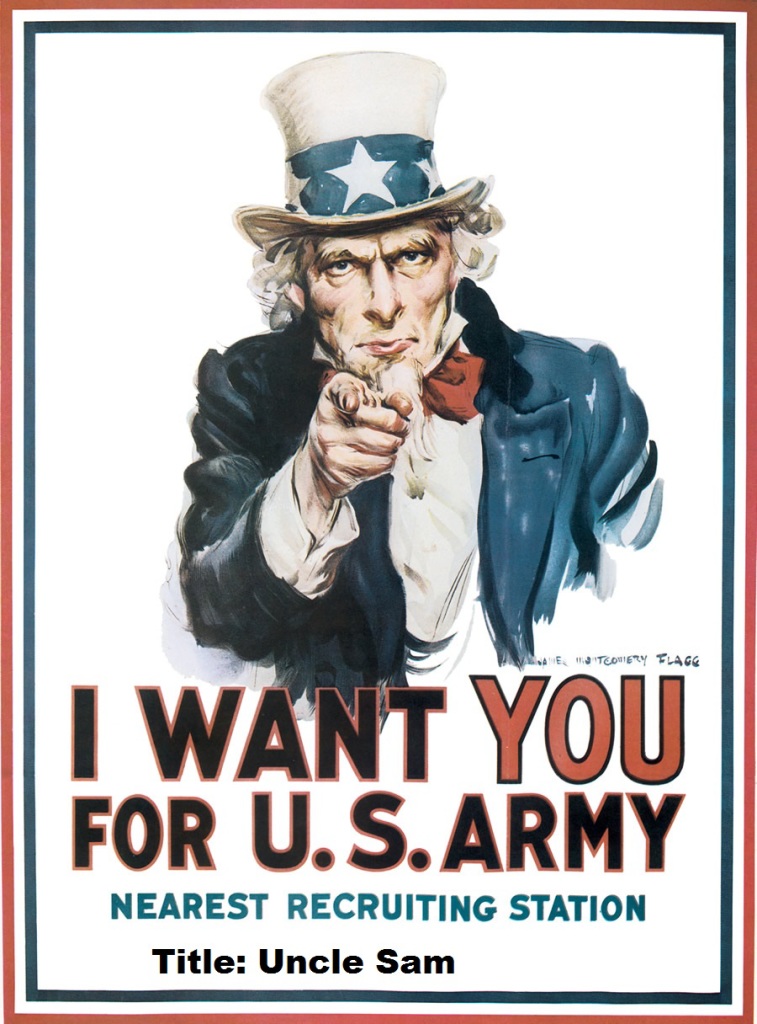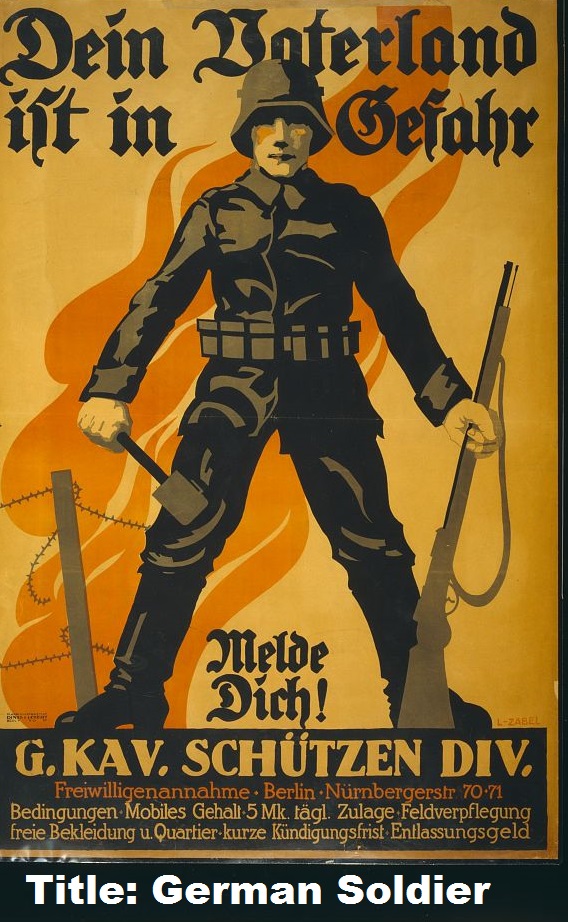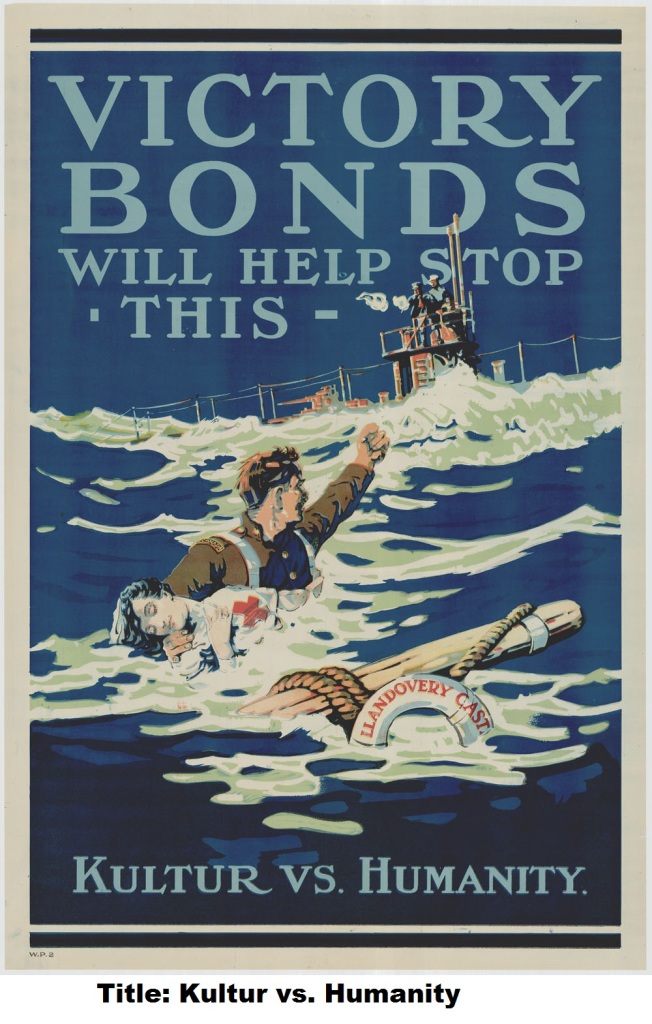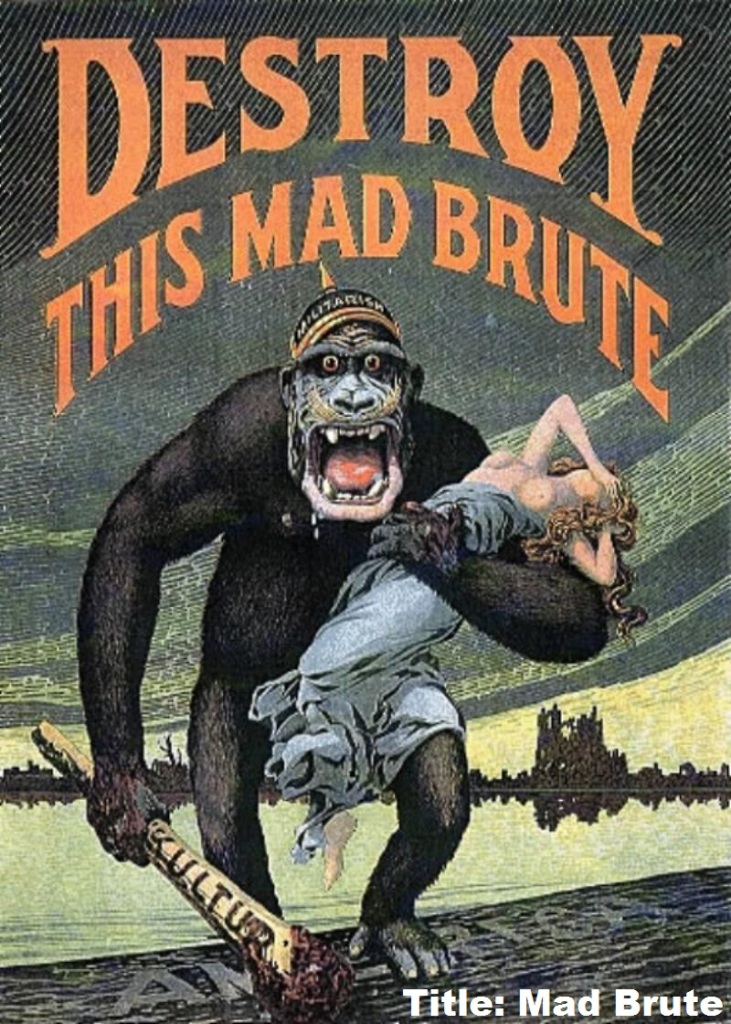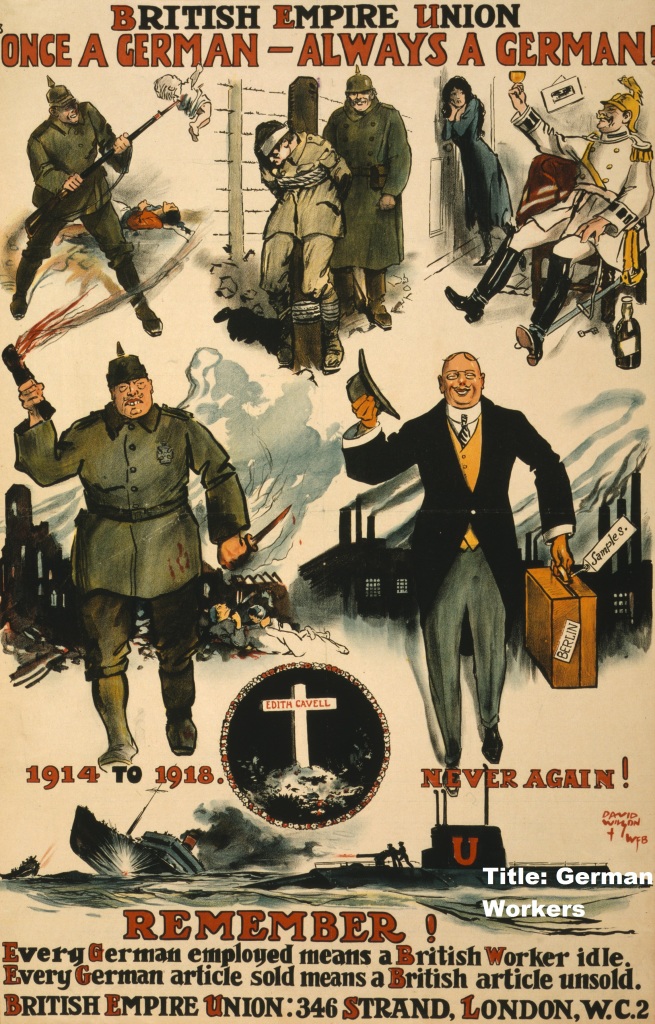World War I Propaganda
Propaganda: [prop-uh-gan-duh] :Information, ideas or rumors or deliberately spread widely to help a person group, movement, institution or nation.
Part 1 of 2: Read the information below concerning the history and types of propaganda.
Historical Overview
Soon after the United States declared war on Germany in 1917, President Woodrow Wilson organized the Committee on Public Information, charging it to manage the government’s official propaganda and advertising activities. It was known as the Creel Committee, after its director George Creel who understood the power of the press in shaping public opinion.
Creel chose Charles Dana Gibson, the nation’s best-known and best-paid commercial illustrator, to head the Division of Pictorial Publicity. Gibson coordinated the efforts of a group of over 300 illustrators that soon became known as The Vigilantes for their support of the war effort. The group included prominent commercial artists such as James Montgomery Flagg, Joseph Christian Leyendecker, Edward Penfield, Howard Chandler Christy, Herbert Paus, C.B. Falls, E.H. Blashfield, Joseph Pennell, Howard Chandler Christy, Joseph Leyendecker, Jessie Willcox Smith, and L.N. Britton.
Visual Metaphors
During World War I, posters were critical to the United State’s war efforts. Their unrivalled ability to communicate quickly and memorably allowed the government and support organizations to mobilize the home front by persuading and informing the public on matters of public policy. Posters were used to raise money, recruit soldiers, boost production, bolster public support, provoke outrage at enemy atrocities, and encourage support for a variety of relief efforts.
The United States produced approximately 2,500 poster designs and approximately 20 million posters—nearly one for every four citizens—in less than two years. Their historical significance and continued popularity stems from their ability to capture early 20th century’s spirit of patriotism and sense of duty in stunning visual metaphors.
World War I Poster Goals
- Recruitment posters encouraged enlistment in the United States Army, Air Force, Marines, Navy, Tank Corps, American Field Service, a variety of local and state regiments, and the National Guard
- Financial support posters encouraged Americans to buy the first four Liberty Loans and the Victory Liberty Loan as well as other miscellaneous war bonds and war savings stamps
- Patriotic posters, produced by the government and a variety of state civilian associations, encouraged farmers, workers, women, and children to engage in war work and support their country’s war effort. Among those encouraging general patriotism are warning messages to watch for spies, avoid rumors and avoid “war talk”
- Conservation posters encouraged citizens to conserve food, fuel, and other supplies for the war effort
- Relief posters requested aid for foreign countries, children, families, and soldiers
- Organizational posters related to various relief and membership efforts by the Red Cross, the YWCA, the YMCA, and other organizations
- Foreign posters urged Americans to support the Allies against the aggressors in Europe, Africa, and Asia
Part 2 of 2: Examine 5 propaganda posters found below and determine the goal or type of poster (found above) then in 2-3 sentences evaluate the effectiveness of the poster by examining its persuasiveness and symbols. Be sure to include the title of each poster in your answers.
